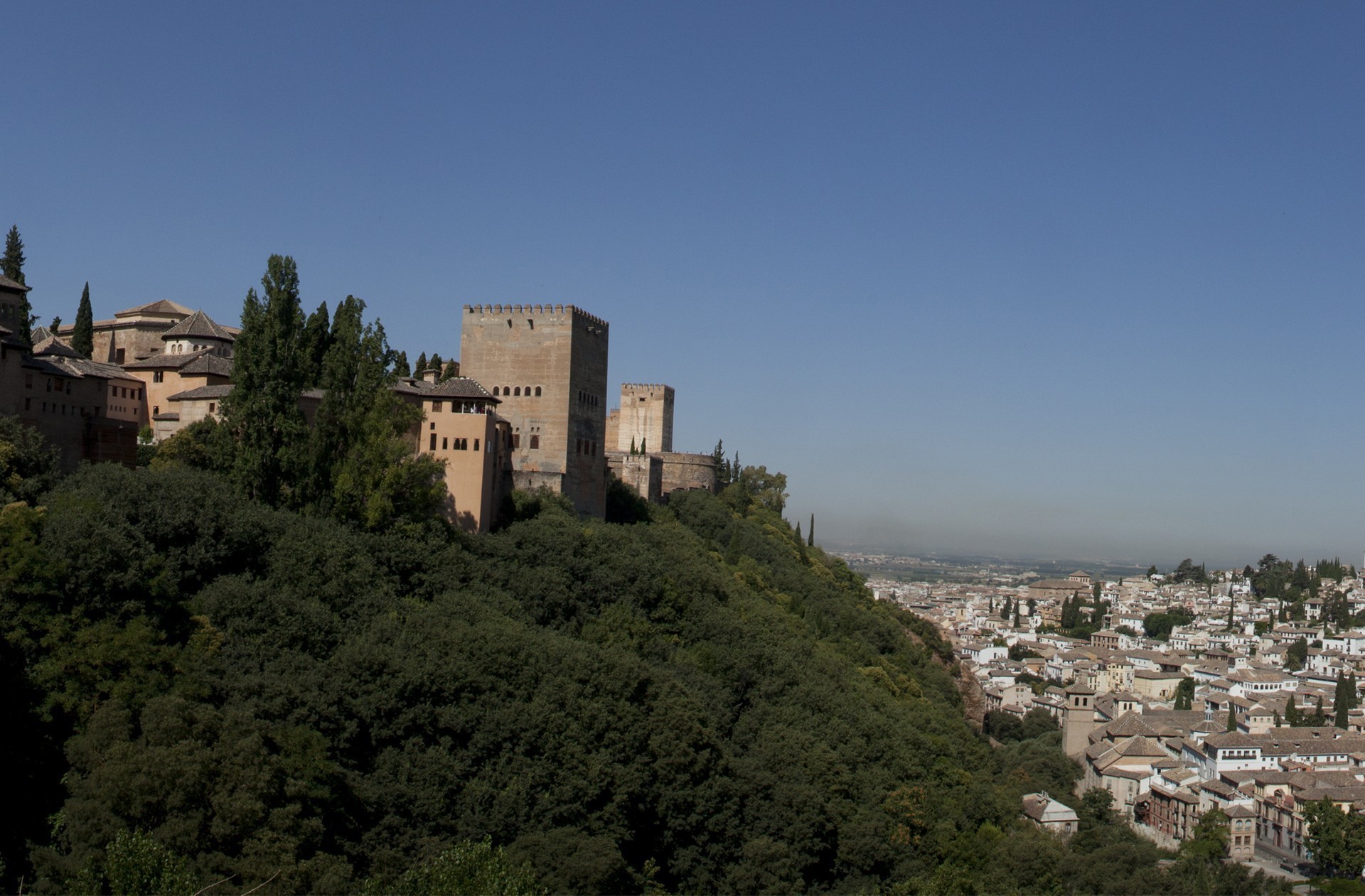

DISCOVER | ALHAMBRA AND GENERALIFE
HISTORY
The Alhambra was a palatial city, Christian Royal Household, General Captaincy of the Kingdom of Granada, and a military fortress until being declared a Monument in 1870.

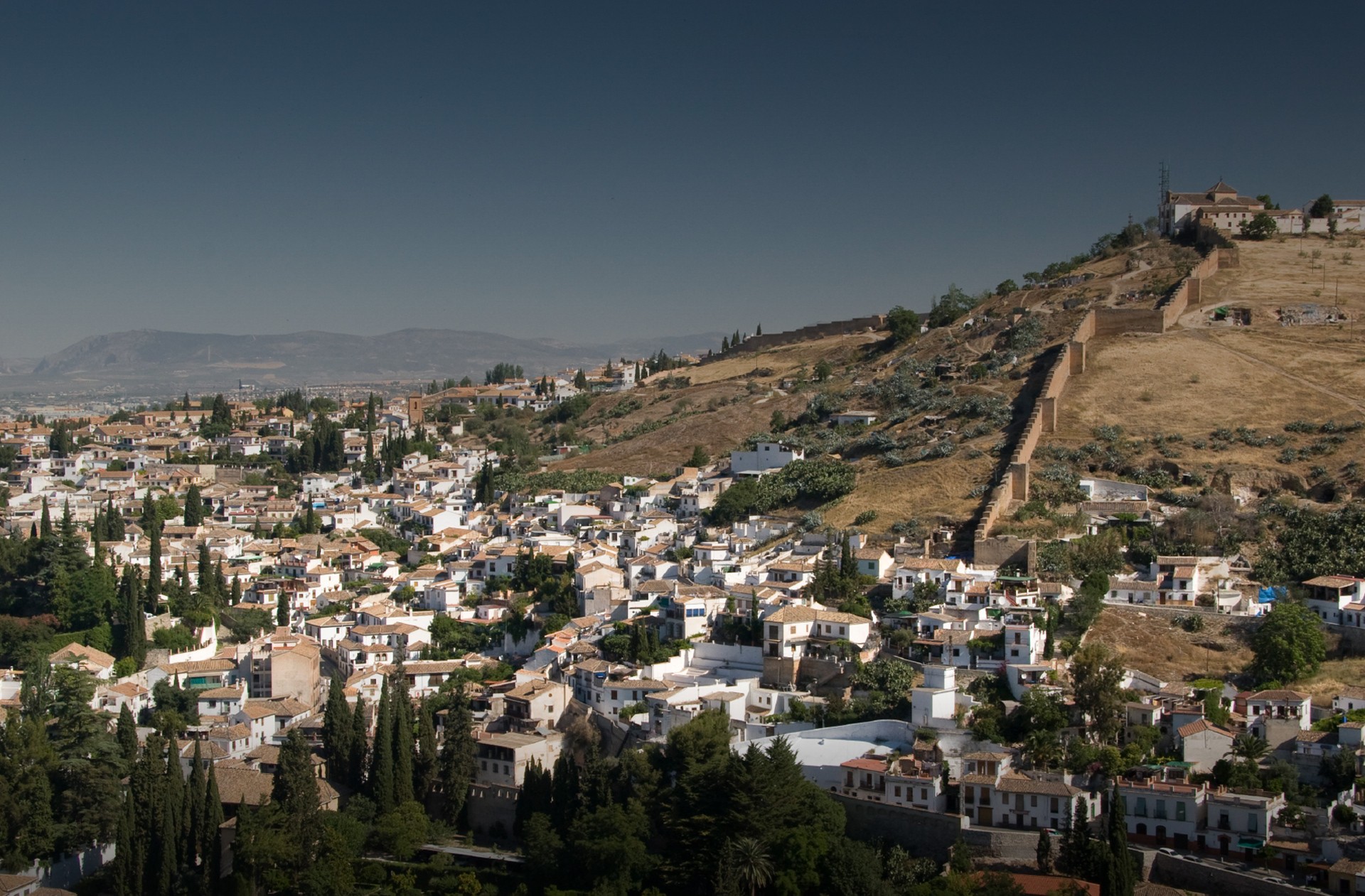

9TH-12TH CENTURY
The Arabs respected Roman cities and roads, expanding them and adding new foundations. In the 9th century there was news of constructions on the hill of Sabika, where the Alhambra would later be constructed, although it is believed that in the Roman period and even earlier there must have been some construction. After the civil war which followed the Caliphate of Córdoba (1031), until then the capital of the province of Granada, it moved from Elvira to Granada, with the Granada Taifa Kingdom of the Zirids. They established their court in the Cadima or Vieja Alcazaba, located in the Albaicín quarter.
At its foot was a large population center, mainly Jewish, around which the city of Granada developed. The first minister, Samuel ibn Nagrella, reconstructed the abandoned buildings of the hill of Sabika and installed his Palace on it.
In the 12th century, successive waves of Almoravids and Almohads caused various battles in Granada in the Alcazaba of Albaicín and the constructions on the hill of Sabika, this sometimes serving as a shelter for local Andalusian supporters and other North African invaders.

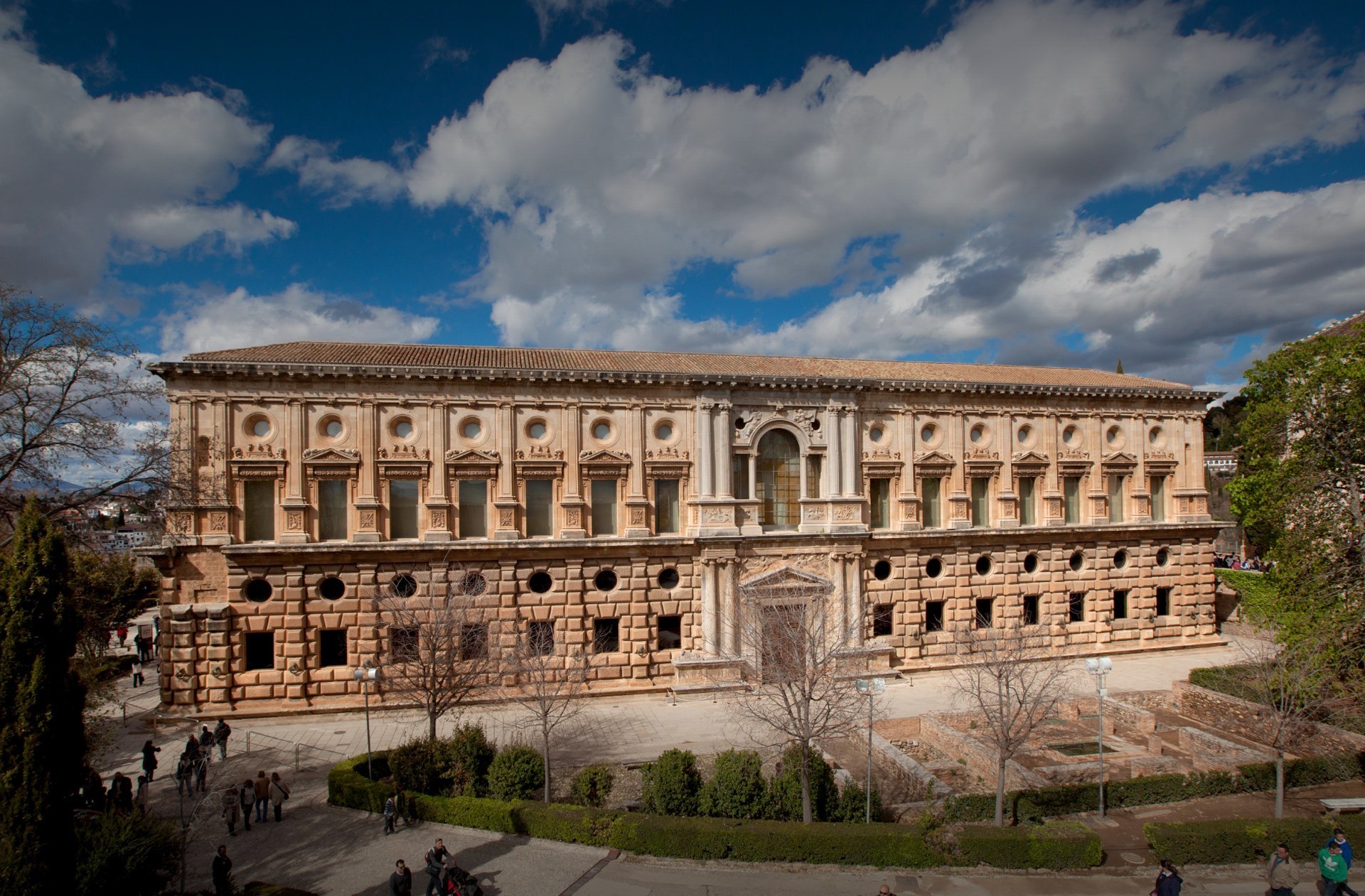

13TH-15TH CENTURY
Al-Ahmar, founder of the Nasrid dynasty, installed himself in the Antigua Alcazaba del Albaicín, drawing attention to the ruins on the hill of the Alhambra. He then decided to initiate its reconstruction and install his court in it, beginning the construction of the Alhambra that we know today.
The Alhambra was a palace, citadel and fortress, residence of the Nasrid sultans and senior officials, court servants and elite soldiers, reaching its full splendor in the second half of the 14th century, coinciding with the sultanate of Yusuf I (1333-1354) and the second reign of Muhammad V (1362-1391).
Granada, capital of the Nasrid kingdom, gradually received Islamic populations due to the advance of the Christian conquest. The city grew, adapting, creating new quarters and expanding its walls practically until being conquered at the end of the 15th century.



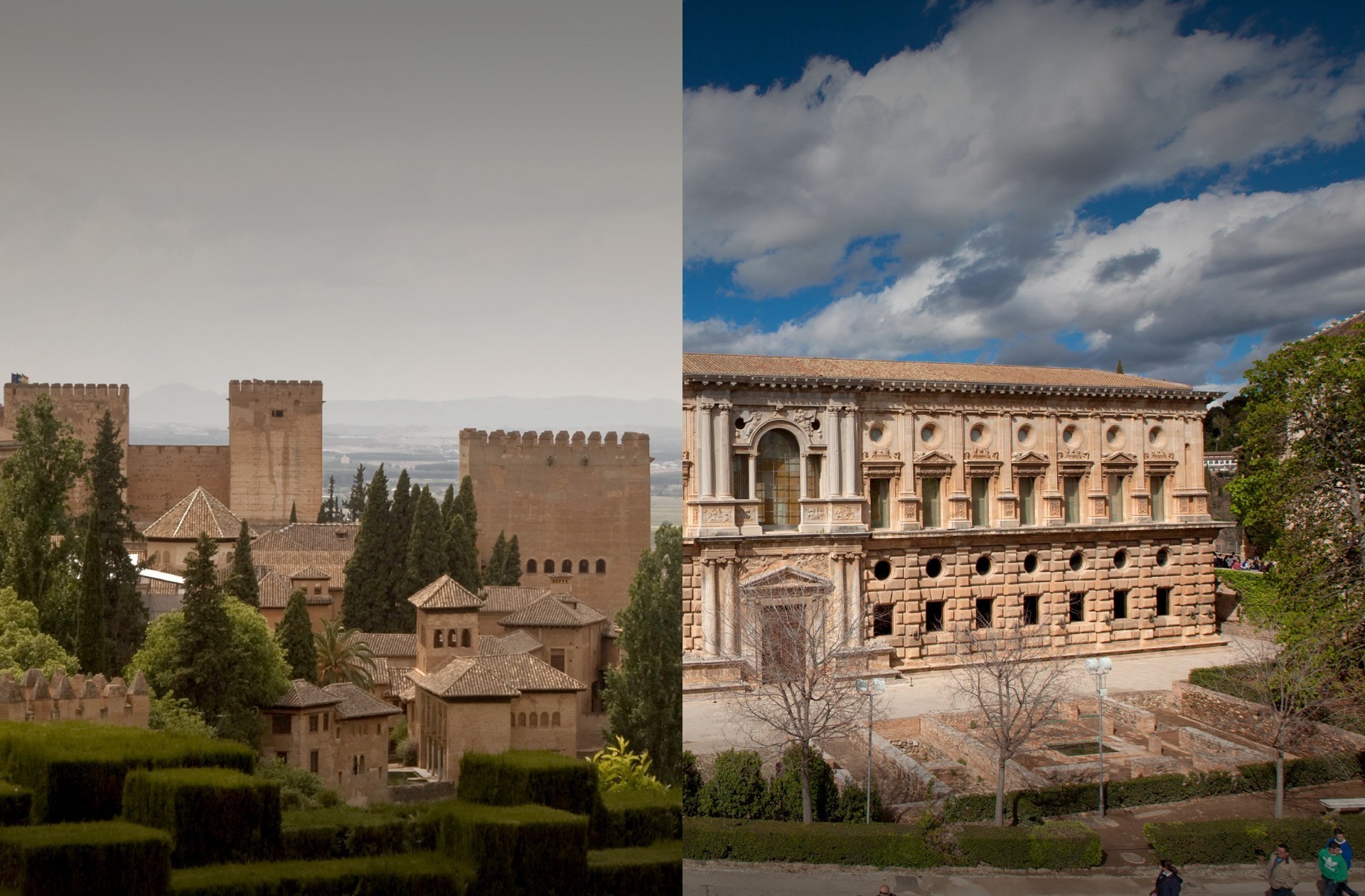

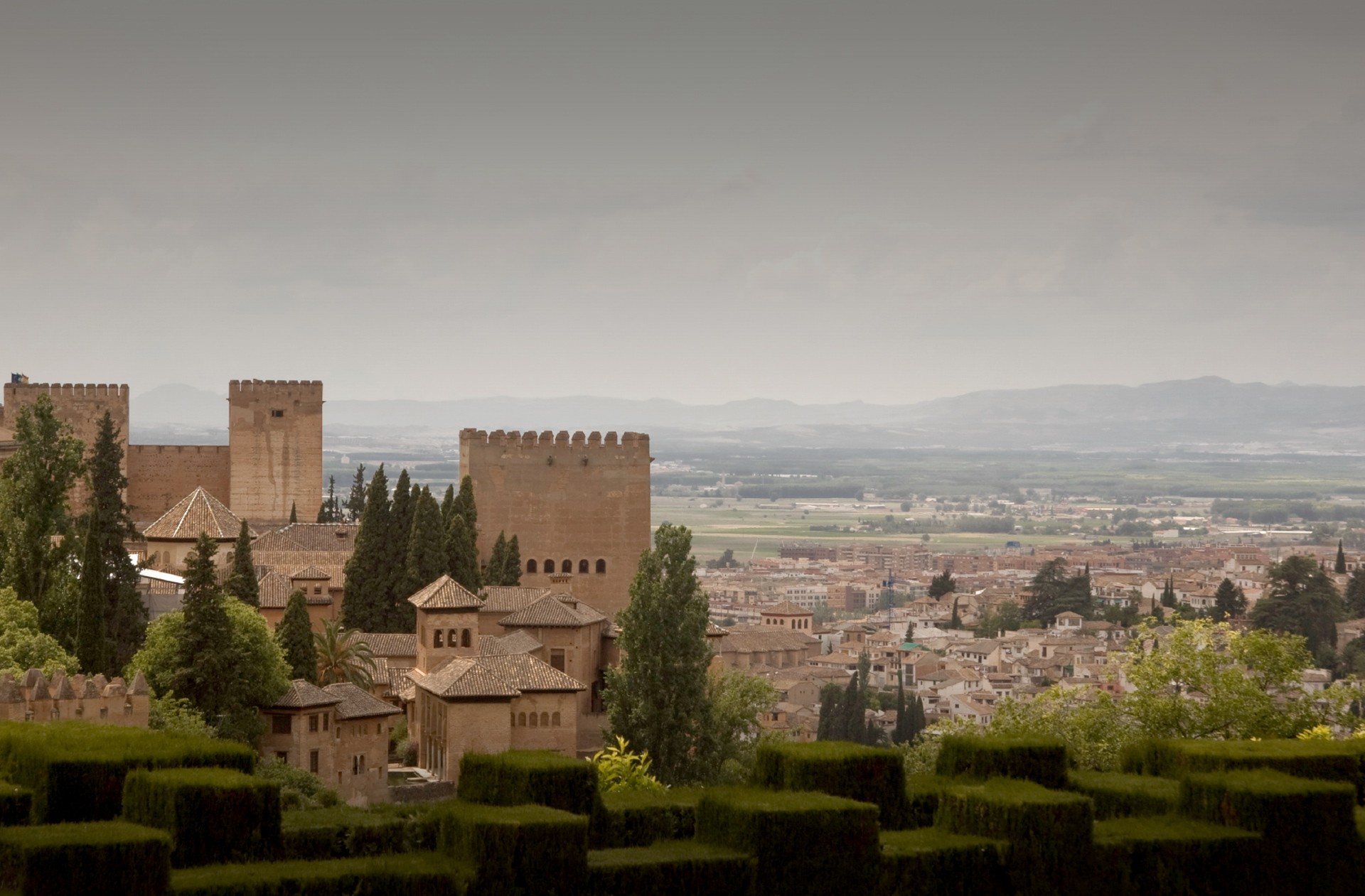



16TH-18TH CENTURY
From 1492, the Alhambra was established as the Royal Household with a separate jurisdiction of which Tendilla was in charge. The Catholic Monarchs ordered extensive repairs, mainly using Moorish craftspeople.
In 1526, Emperor Carlos V decided to construct the palace which bears his name, along with other very important constructions in a Roman Renaissance style. The house of Austria continued from Felipe II (1556-1598) and his successors in charge of the conservation of the Alhambra, admired by humanists and artists such as Andrea Navaggiero (1524), ambassador of Venice in the Court of Carlos V.
In the first decades of the 18th century, Felipe V (1700-1746) removed the Marqués de Mondéjar, heir of the Conde de Tendilla, as mayor, beginning a period of abandonment practically until the reign of Carlos IV (1788-1808).

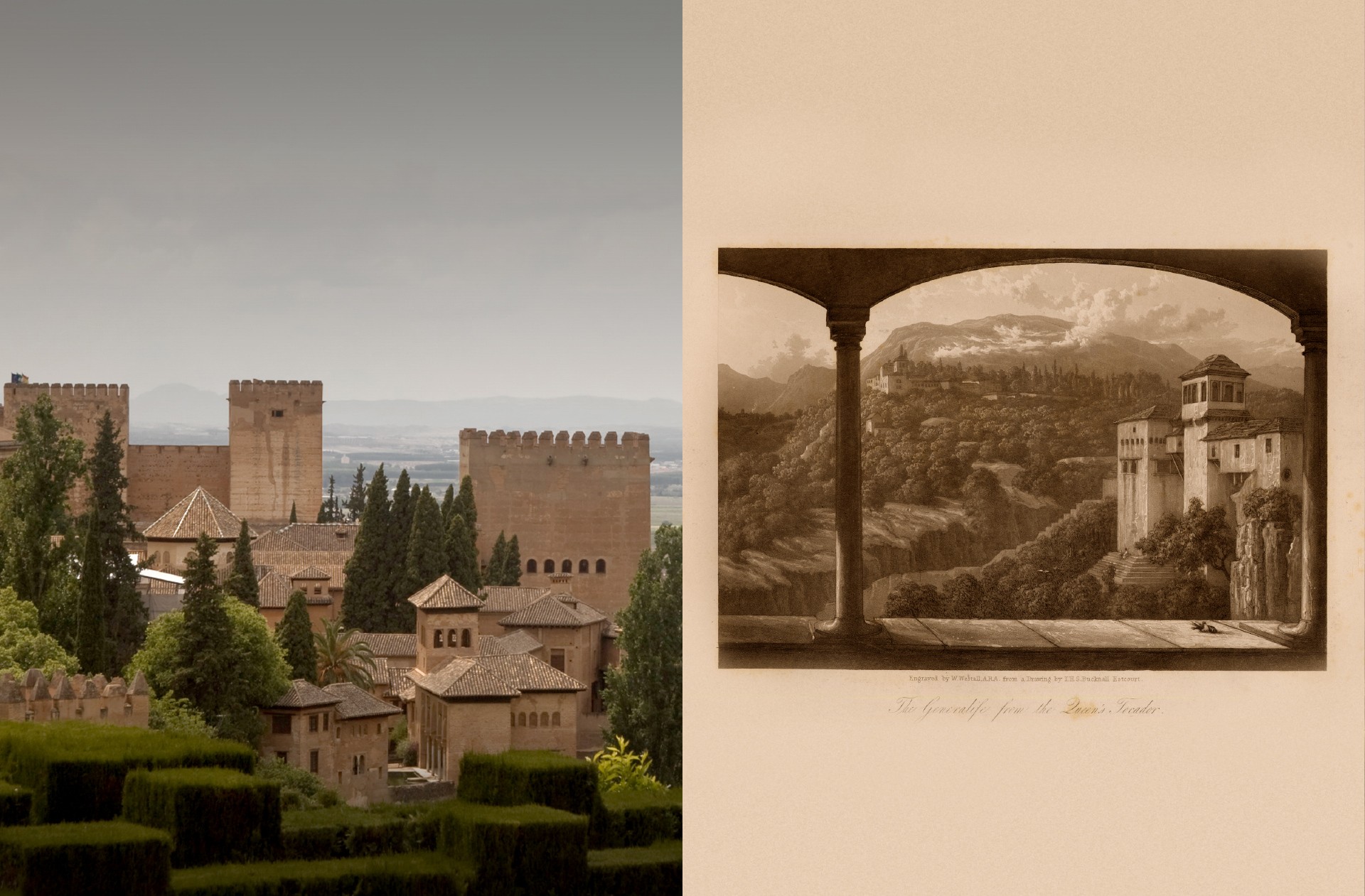



FROM THE 19TH CENTURY TO PRESENT DAY
The Napoleonic occupation was a negative episode for the Alhambra, due to the demolition in 1812, upon the withdrawal of the French army. Only the courage of a Spanish soldier could prevent its almost total destruction.
A period of recognition of the status of the monument, actively supported by Washington Irving (1783-1859) added to society’s growing interest in the gardens of the Alhambra and the Orientalism that evoked romance in the imagination, very well reflected in the visual arts of the time.
With the revolution of 1868, the Alhambra was disconnected from the Crown and became property of the State, being declared a “national monument” in 1870.
With the arrival of the 20th century, the city of the Alhambra was entrusted to a Commission (1905), replaced in 1913 by a Trust which was then entrusted to the Directorate General of Fine Arts in 1915. In 1944, a new Trust was created, maintained until the transfer of the cultural functions and services of the State to the Autonomous Community of Andalusia.






 Contact
Contact






